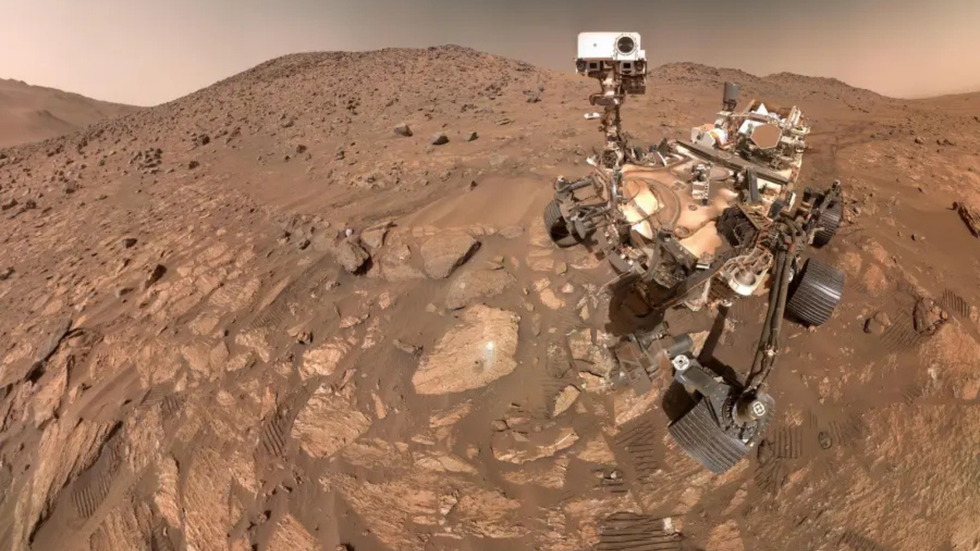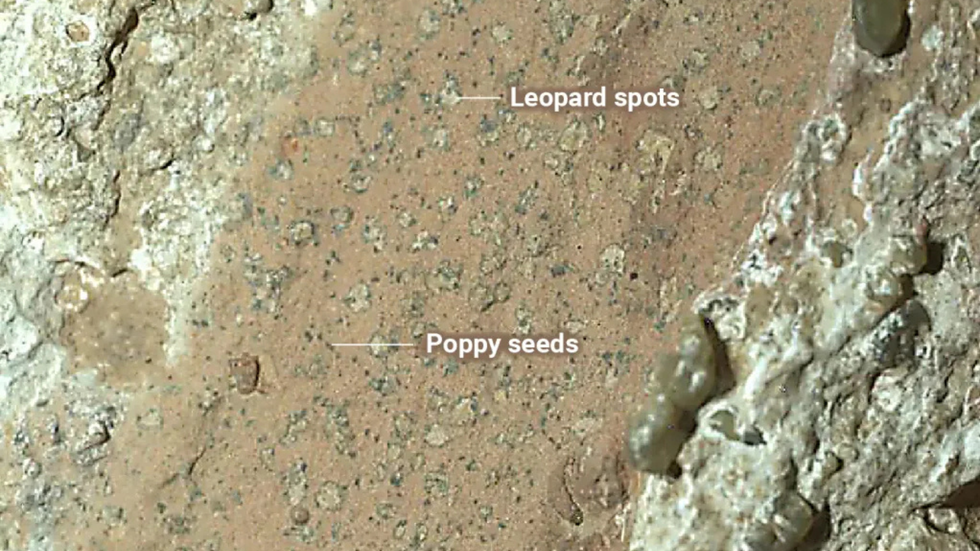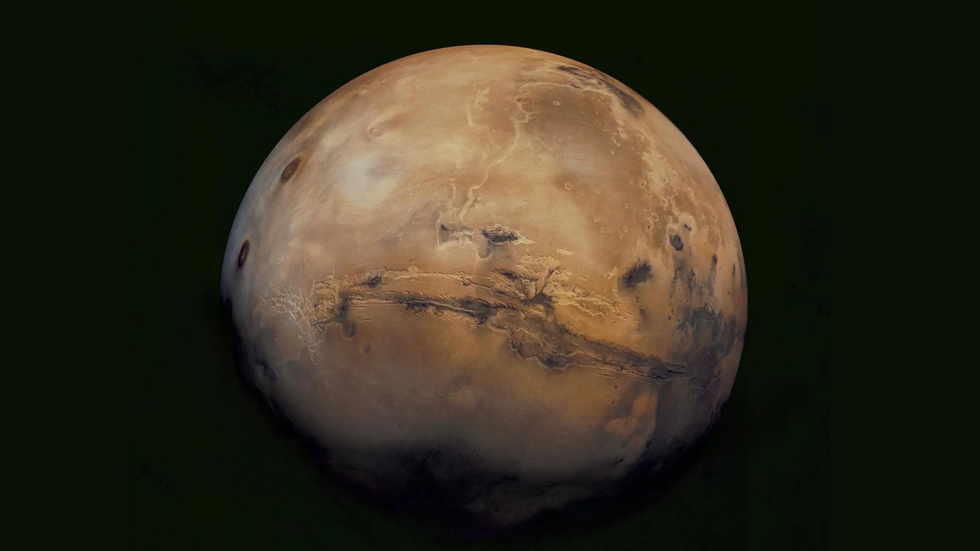Mars rover investigates mysterious spots on planet's surface in strongest hint of alien life yet
High-tech instruments named 'Sherloc' and 'Watson' have found clues which could solve space's greatest mystery
Don't Miss
Latest
Instruments on the Mars rover have detected unusual patterns on the surface of the Red Planet in what could be the strongest hint of alien life yet.
Two instruments equipped to Nasa's Perseverance rover, brilliantly named Sherloc and Watson, have been scouring the surface of Mars looking for clues since 2021.
Over the past four years, the rover has been sending photographs and data of rocks from an ancient Martian riverbed back to Earth.
The probe is examining the Red Planet's Jezero Crater for clues of microbial life that may have once existed in the river before it went dry roughly three billion years ago.

Nasa's Perseverance rover has been scouring the surface of Mars since 2021
| NASATRENDING
Stories
Videos
Your Say
Stony Brook University's Professor Joel Hurowitz said the most recent images sent back by Perseverance had left him feeling "super excited".
He revealed: “We were on a planning shift, trying to figure out what more we were going to do with the rover at that location, and the images came down from that rock surface, showing these sort of green speckles on this red rock.
“We were like: ‘Woah, this is super cool.’ We have an internal chat software that we use to communicate between the instrument teams.
“And they texted back and said: ‘Yeah, we think we are.’ It was like: 'Holy cow.'"

Watson's image showed greenish-blue 'poppy seeds' and mysterious 'leopard spots'
|NASA
The image picked up by Watson, an acronym for Wide Angle Topographic Sensor for Operations and eNgineering, showed greenish-blue speckles, referred to as "poppy seeds", and mysterious "leopard spots".
Prof Hurowitz said the discovery of the markings were "the first indication that something is really interesting here".
He added: “Usually the only way you find green things in red rocks is if some sort of redox reaction has taken place to change the colour of the iron.”
Redox reactions involve electron transfer, which on Earth is caused by miniscule organisms living in water-based environments.
SPACE - READ THE LATEST:
Prof Hurowitz pondered: “The next question is, if there’s redox chemistry occurring here, what’s driving it?
“So the next natural question for us was, is there any organic matter in this rock?”
The Watson camera can be found rooted inside Sherloc, also known as Scanning Habitable Environments with Raman and Luminescence for Organics and Chemicals.
The Stony Brook University professor said: “So Sherloc turned its spectrometer on the rocks and, lo and behold, it was the first strong signal of organic matter the instrument had detected in the entire mission."

Further examinations could help scientists finally prove that life once thrived on the Red Planet
| NASANow, Prof Hurowitz is keen to get his hands on a sample of the rock formation with the markings in order to "analyse in great detail the organic matter itself to understand what it was actually sourced from".
He noted that carrying out these examinations could help the scientific community believe beyond reasonable doubt that life once thrived on the Red Planet.
Prof Hurowitz said that the team behind the Perseverance rover are desperate to “answer this really deep, fundamental question about whether there is or ever was life somewhere else in the solar system”.
He added: “And, so far, we have not found a better sample than that Sapphire Canyon sample that might be able to answer that question."
Our Standards: The GB News Editorial Charter








